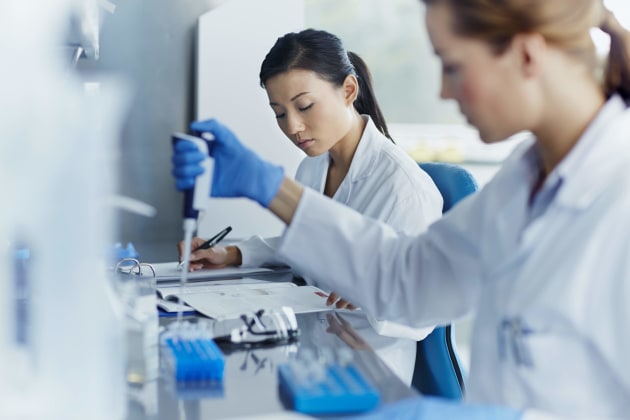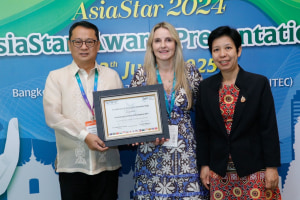Microalgae and other microscopic, plant-like organisms could help feed the world’s growing population more sustainably than current agricultural systems, researchers from University of California, San Diego (UCSD), have found.
In the journal Frontiers in Nutrition, the researchers said algae could be a new kind of superfood thanks to its high protein and nutrition content. Their paper examined the current scientific literature on microalgae, a catch-all term for the thousands of microscopic algal species and other photosynthetic organisms like cyanobacteria found in various aquatic environments.
The review outlines the current technologies for commercially developing and growing microalgae, and the scientific and economic challenges to scaling production.
UCSD professor of biology and director of the California Centre for Algae Biotechnology, Dr Stephen Mayfield, co-authored the paper.
“Many of us have known the potential of algae for food for years and have been working on it as a food source, but now, with climate change, deforestation, and a population of eight billion people, most everyone realises that the world simply has to become more efficient in protein production,” Mayfield said.
Mayfield cited a 2014 study that found algae can produce 167 times more useful biomass than corn annually while using the same amount of land.
Other models predict that existing algae strains could potentially replace 25 per cent of European protein consumption and 50 per cent of vegetable oil consumption when grown on available land that is not currently used for traditional crops.
“The biggest advantage is the protein production per acre,” Mayfield said.
“Algae simply dwarf the current gold standard of soybean by at least 10 times, maybe 20 times, more production per acre.”
Some algal species can be grown in brackish or salty water, which means potable water supplies are not drawn upon. In at least one case, a species was grown in wastewater from a dairy.
Many species are also rich in vitamins, minerals, and macronutrients essential to the human diet, such as amino acids and omega-3 fatty acids.
Creating the best algal strain for humans
While the value of algae is being realised, Mayfield said the challenge remains on finding and developing algal strains that check all the boxes: high biomass yields, high protein content, full nutrition profile, and the most efficient growing conditions in terms of land use, water requirements, and nutrient inputs.
The paper describes existing scientific tools available to produce the most desirable traits for a commercially viable algal product. One previously published experiment enhanced astaxanthin, an antioxidant pigment that has been shown to have various health benefits, through targeted genetic mutations. Another mutagenic experiment was able to increase both biomass yield and protein content for a different algal strain, particularly when grown in a simple, low-cost sweet sorghum juice.
Mayfield said the most likely approaches for commercial development of a superior algal crop would involve a combination of traditional breeding with molecular engineering.
“This is the way modern crops are being developed, so this is the way algae will be developed,” he said. “They are both plants – one terrestrial and one aquatic.”
Nutrition and yield aren’t the only considerations. Tweaking of colour, taste, and decreasing that characteristic fishy smell may be needed to convert some consumers, the paper reports. However, other experiments have already demonstrated the ability to modify these organoleptic traits while boosting protein content in new strains of algae.
The need to feed a growing population
Mayfield said the biggest challenge for commercial development isn’t necessarily scientific, technical, or aesthetic. It’s the ability to scale production globally.
“You just can’t know all the challenges of going to world scale, until you do,” he said, “But the world has done this [with] smartphones, computers, photovoltaic panels, and electric cars – all of these had challenges, and we overcame them to take these ‘new’ technologies to world scale, so we know we can do it with algae.”
Mayfield said the need for alternative food systems has never been more urgent, as the human population swells, pushing resources and systems to the breaking point.
“The only way to avoid a really bleak future is to start transitioning now to a much more sustainable future, and algae as food is one of those transitions that we need to make.”
The research paper “Developing Algae as a Sustainable Food Source” is in Frontiers in Nutrition.






